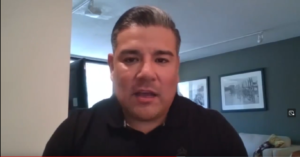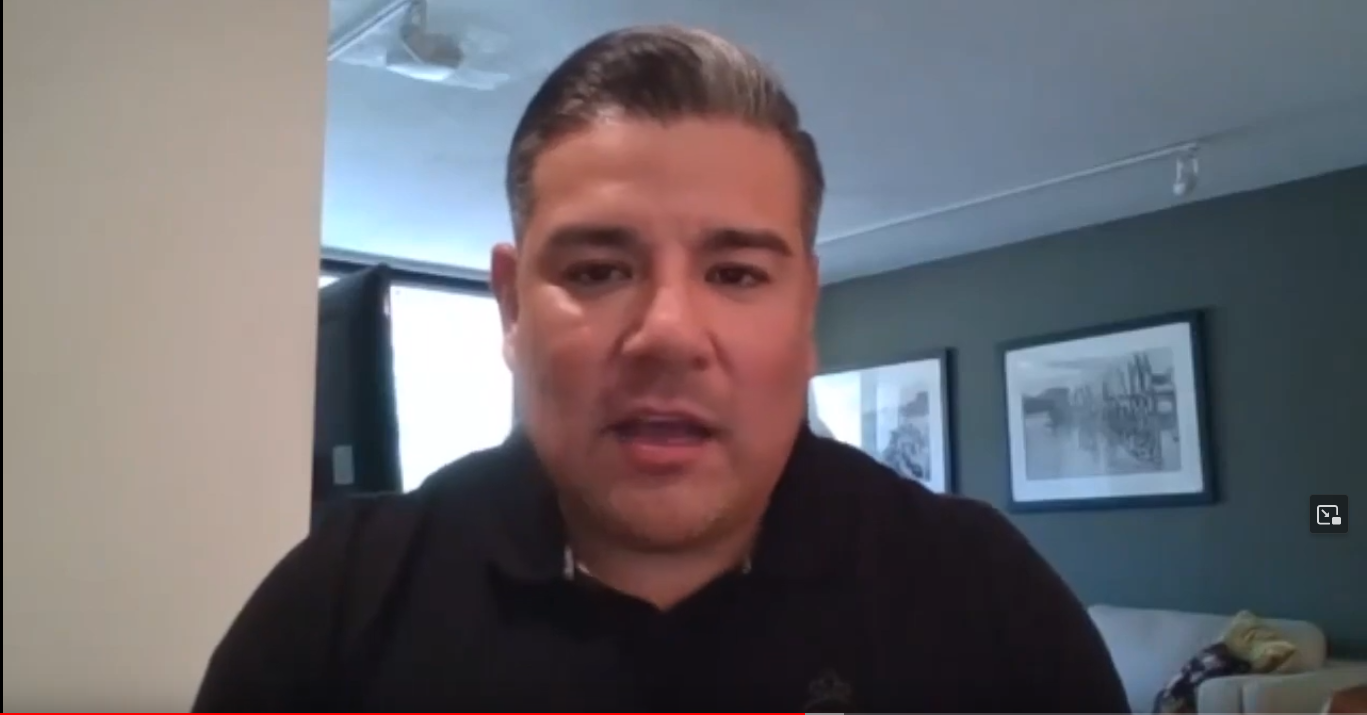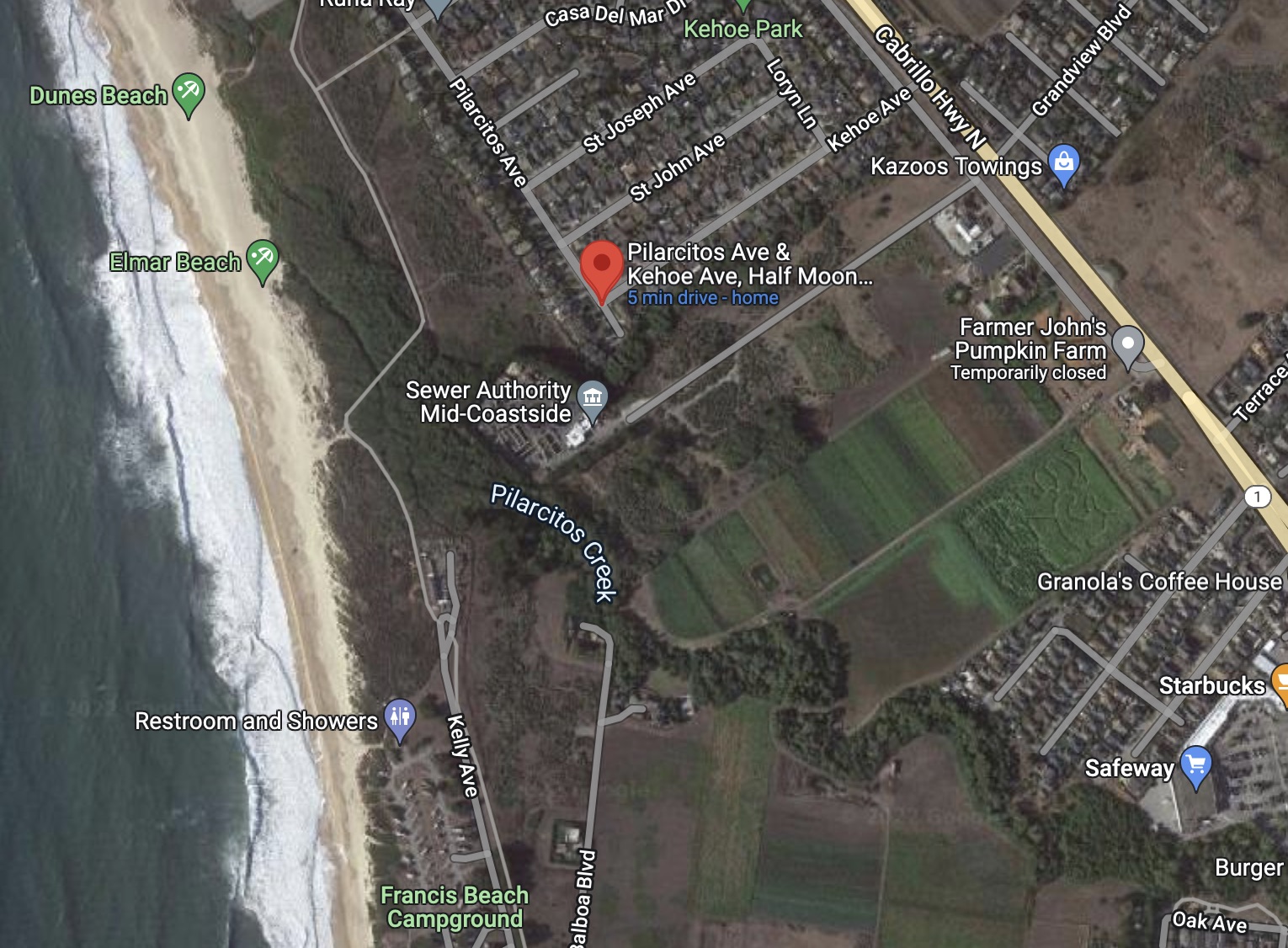|
Getting your Trinity Audio player ready...
|

OWN VOICE. ~ InPerspective by Gregg Dieguez —
Marc Berman held a Town Hall with Insurance Commissioner Ricardo Lara and local officials to discuss the lack of affordable home insurance policies here. They are both part of the problem, as you will read below in what I wrote the Assemblyman and his staff on 8/2/23.
First, Marc put his finger on an important issue with his Town Hall, but there are some potentially uncomfortable follow-up actions required. Let me first mention two related, important issues, before returning to the insurance regulation problems at the heart of the recent town hall. https://www.youtube.com/watch?v=v3dWh2Ba0BA&t=47s
As was stated during the session, continuing to build housing in the WUI increases risk and undermines fire security for everyone. Every ADU, for example, decreases defensible space and increases a neighborhood fire hazard. As we saw in Paradise: “the homes are the fuel”. But these observations run counter to the very housing policies espoused by Assym. Berman.
Secondly, increased construction has had the cumulative impact of creating impermeable surfaces which worsened stormwater damage, especially this January. In SMC this is a poorly managed process, as explained here: Stormwater Problems?! – Call Me Crazy… Again, housing density and the policies supporting it are undermining the health and safety of existing residents in the “Tipping Point Era” of Climate Change. And those stormwater damages are ANOTHER reason insurance companies face Loss Ratios of over 100% and are leaving.
Now, to the point of the State and its regulators and their effect on our ability to obtain and afford home insurance: the first observation is that ANOTHER State agency is also part of the insurance problem. Wildfire risk has been increased and insurance prospects harmed by PG&E and CPUC’s ineffectiveness. Off the record, CPUC employees will note that the CPUC is ineffective and complicit in the damages caused by PG&E. PG&E is guaranteed a 10% return on investments (such as undergrounding lines), but maintenance comes right off bottom line and shareholder dividends and is thus deferred – to the harm of residents. Regardless of whether aerial transmission is cheaper (after all, it’s lasted about 100 years in places), the regulatory framework pushes PG&E to underground lines and avoid maintaining and fixing existing infrastructure. There’s an entire book written about PG&E/CPUC: California Burning: The Fall of Pacific Gas and Electric–and What It Means for America’s Power Grid < although much of the book’s focus is on the bankruptcy industry, it contains obvious lessons for regulators. And also hints that instead of bankruptcy, the State should just take over the utility.
Commissioner Lara made a few points (@33:50 to 37:00 re ‘democratizing rates’) that raise serious doubts about insurance regulations in CA. As he noted, Lara’s expertise is in politics, not actuarial science (@48:30) – which might explain the confusion resulting from his comments. One point he made was that the State regulations allowed more profitable policies in SoCal and held costs down in Norcal. He claimed this was done because “the smoke from wildfires in the North affects the air quality in the South” (paraphrase). I doubt that is factual, but more importantly, it betrays a misunderstanding of the financial dynamics at work. If Lara’s statement is factual, then what assurance does an insurer have that it will get enough profitable SoCal policies to offset losses on policies in the North? The answer is likely: None. Some other insurer could out-compete the Northern Insurer for the profitable policies down South. More importantly, the REINSURANCE market is the primary vehicle for insurance companies to spread risk, in the same way that banks package mortgages into securities and sell them to spread risk. If a home insurance policy written is perceived as unprofitable, then it cannot be sold neutrally in the reinsurance market – it may not be marketable at all, or can only be sold at a loss. Serious investigation is required to analyze whether Lara really has the policy he is describing, and what the financial effect is on insurers. We know the effect on residents – they can’t get, or afford, insurance.
Another comment by Lara doesn’t ring true (@44:00) “We balance consumer protection and solvency of the insurance market.” Lara claims his office prevents firms from becoming TOO EXPOSED (@49:00)(“financial surveillance department”). He states his office manages the exposure insurers face. His office looks at the book of business insurers are holding/taking, and stops them from taking on excessive risk. If that statement were true, it implies that CA insurers are “stuck” with their unprofitable, risky policies because they cannot use the REINSURANCE market to sell-off and diversify their risks on their own. He claims he’s working with reinsurers to more favorably price policies here. If the reinsurance market were working, insurers would not be “Stuck” with risky policies, they could sell enough of them off to balance their risk properly on their own. Insurance firms should be Adults In The Room; they can take care of themselves if the financial markets are working properly. Of course, oversight of insurers to prevent shysters does make sense. However, in any normal financial market, there would be SOME price at which investors or insurers would be willing to take risks; that is why we have markets for Junk Bonds. But something is preventing a rational flow of funds in the insurance market, and I have to assume Calif. regulations are a major part of that problem.
In sum, a combination of State housing policies, overwhelmed local/County jurisdictions, the CPUC, AND State insurance regulations all appear to be causing a rational response by the home insurance industry: they are leaving. What is needed is an INDEPENDENT COMMISSION, such as the Little Hoover Commission, or a nationally reputable consultancy not dependent on CA for repeat business, to study the Calif. insurance market, diagnose the problems, and recommend solutions. Hmm, and a final thought: maybe we need new, better elected representatives….
 More From Gregg Dieguez ~ InPerspective
More From Gregg Dieguez ~ InPerspective
Mr. Dieguez is a native San Franciscan, longtime San Mateo County resident, and semi-retired entrepreneur who causes occasional controversy on the Coastside. He is Chair of the MCC, but his opinions here are his own, and not those of the Council. In 2003 he co-founded MIT’s Clean Tech Program here in NorCal, which became MIT’s largest alumni speaker program. He lives in Montara. He loves a productive dialog in search of shared understanding.





